William Watson Jnr
British, (1847-1921)On the Mountains, Loch Awe
Oil on canvas, signed & dated 1892, further inscribed verso
A wonderful painting of Highland sheep resting near Loch Awe by William Watson Jnr. Loch Awe is located in Argyll and Bute in the Scottish Highlands and this scene is taken from the mountain side overlooking the loch.
William Watson was born in Islington in 1847, the son of the London miniature painter William John Watson (1810-1871) and his wife Caroline (née Butcher). His brothers Charles Watson (1837-1900) and Robert Watson (1855-1921) were also artists. His father seems to have travelled around and after spending time in Brighton, the family moved to Bransford Road in Worcester during the early part of the 1860’s.
As well as being taught by his father, Watson received his early training in the studio of Sir Francis Grant PRA (1803-1878). He later became a pupil of Sir Edwin Henry Landseer RA (1802-1873) and Rosa Bonheur (1822–1899). Both Landseer and Bonheur had a great influence on his work and he began specialising in scenes of cattle and sheep. By 1866 he had become a full time artist and began exhibiting at the Royal Society of British Artists.
Perhaps to take advantage of the inspiring scenery, Watson moved to Birkenhead, Cheshire where in 1871 he met and married Eleanor Davies who was from Caernarvonshire. Four of their children Sidney Watson (1881-1931), Caroline Ellen Watson (1871-1947), William Robert Charles Watson (1873-1928) and Walter James Watson (1877-1963) also became artists. Shortly after moving to the Birkenhead area, he made his debut at the Royal Academy in 1872.
The family initially lived in Seacombe, Birkenhead where the first of their children were born but by 1879 they had moved to the outskirts of Liverpool to Maghull. They later returned to the Birkenhead area living at 9 Lorne Road, Tranmere. Watson seems to have enjoyed a close relationship with his family as they all lived and worked together until around 1901 when his sons William and Walter moved away and the rest of the family relocated to 5 Slatey Road, Birkenhead. Towards the end of his life Watson moved to Wales where he lived at Hillside, Capel Garmon, Llanrwst in Denbighshire. He died at Capel Garmon on 26 March, 1921.
Watson’s scenes were mainly of the north of England, Wales and the Highlands and often featured cattle or sheep perched along stepped hillsides. He painted with consummate skill and his works are highly collectible. Many of his paintings were sold in America. Examples of his works can be found in the Atkinson Gallery, Sheffield Museum, Walker Art Gallery, Liverpool and the Williamson Art Gallery.
© Benton Fine Art
| Presentation | The painting is housed in a new, English made gilt frame which is in excellent condition. |
| Condition | As with all of our original antique oil paintings, this work is offered in ready to hang gallery condition, having been professionally cleaned, restored and revarnished. |
Dimensions
| Image Size | 12.5 inches x 18.5 inches (32cm x 47cm) |
| Framed Size | 18.5 inches x 24.5 inches (47cm x 62cm) |
You May Also Like









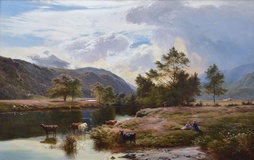
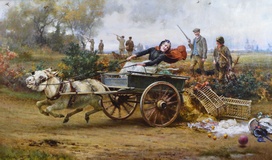
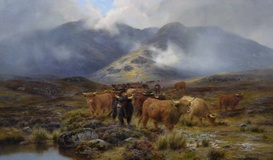
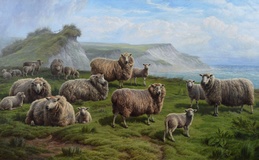
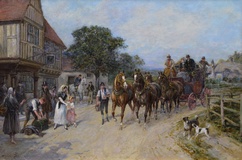
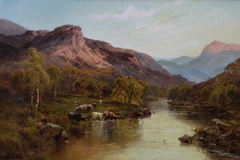
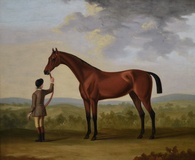
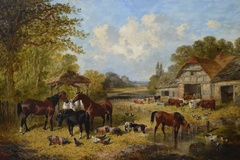
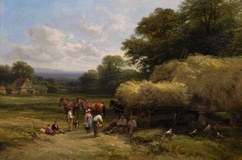
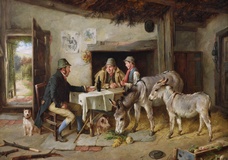
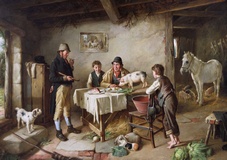
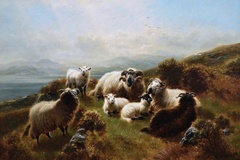 On the Mountains, Loch Awe - William Watson Jnr
On the Mountains, Loch Awe - William Watson Jnr

